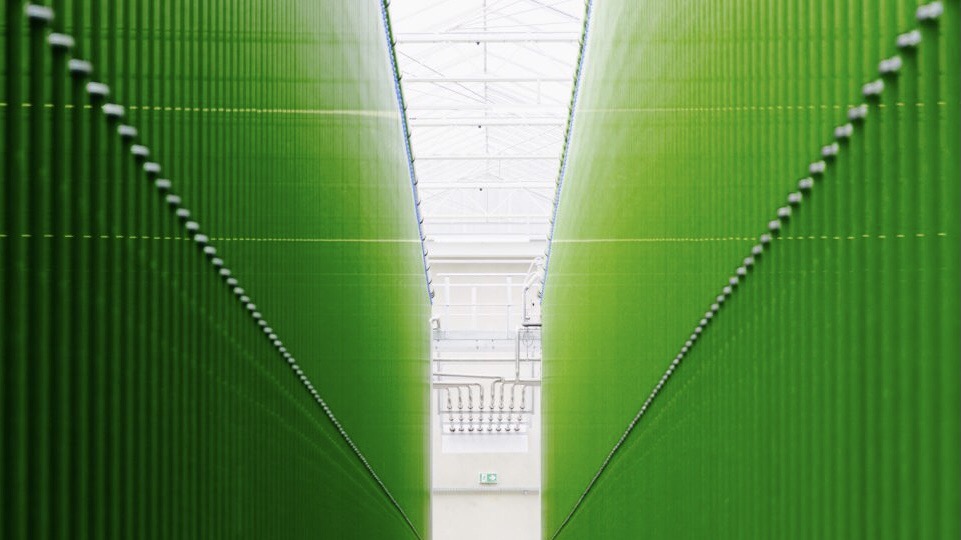BIO-X® MAKES IT EASY
- Igor Dogocki

- Oct 21
- 2 min read
Updated: 7 days ago

BIO-X – Properties and Applications of a Biomaterial in Dentistry
Introduction
BIO-X is a next-generation glass-ceramic material derived from the BIOVERIT® 1 system. Building upon the well-established composition of BIOVERIT® 1, BIO-X introduces controlled modifications in the glass network and surface microstructure to enhance biological and mechanical performance.
In comparison to the base formulation, BIO-X demonstrates: increased surface energy and wettability, optimized ion exchange dynamics promoting faster hydroxyapatite formation, and improved flexural strength and resistance to microcrack propagation.
These refinements maintain the proven biocompatibility of BIOVERIT® 1 while extending its applicability in demanding dental and craniofacial environments.
Material Composition and Structure
BIO-X a BIOVERIT® 1 is based on a silicate system containing:
Silicon dioxide (SiO₂)
Aluminum oxide (Al₂O₃)
Sodium oxide (Na₂O)
Calcium oxide (CaO)
During controlled crystallization, a multiphase microstructure is formed, typically consisting of fluorapatite and muscovite phases within a glassy matrix. This combination provides both mechanical stability and surface reactivity, enabling direct interactions with biological tissues.
Bioactivity and Bone Interaction
A defining property of BIOVERIT® 1 is its bioactivity. The ability to form a chemical bond with surrounding bone. When exposed to physiological fluids, the material releases ions such as calcium, phosphate, and sodium, leading to the formation of a hydroxyapatite layer on its surface. This layer closely resembles the mineral phase of bone and supports direct osteoblast attachment and bone apposition.
Several studies have shown that BIOVERIT® 1 can establish a stable interface with bone tissue without the formation of a fibrous capsule. This property distinguishes it from purely inert ceramics, which typically integrate only through mechanical interlocking.
Mechanical and Physical Properties
BIOVERIT® 1 demonstrates:
Compressive strength and fracture toughness within the range of cortical bone
High resistance to wear and microcrack propagation
A modulus of elasticity comparable to human bone, reducing stress concentrations at the bone–implant interface
These properties make it suitable for load-bearing dental applications, particularly when design geometry and surface treatment are optimized for stress distribution.
Optical and Aesthetic Characteristics
Due to its controlled crystallinity and glassy content, BIOVERIT® 1 exhibits light transmission and color stability similar to dentin and enamel. This makes it an appealing material for use in aesthetic implant restorations and prosthetic components, as it prevents the gray-shadowing often observed with metallic implants under thin soft tissues.
Biocompatibility and Clinical Performance
BIOVERIT® 1 has been used clinically for more than two decades in craniofacial and orbital reconstructions. Long-term data demonstrate:
Excellent tissue tolerance
Absence of toxic or allergic reactions
Stable integration without degradation or ion release
These findings suggest that the material is biologically safe and inert, while still maintaining a controlled degree of bioactivity beneficial for osseous healing.





Comments